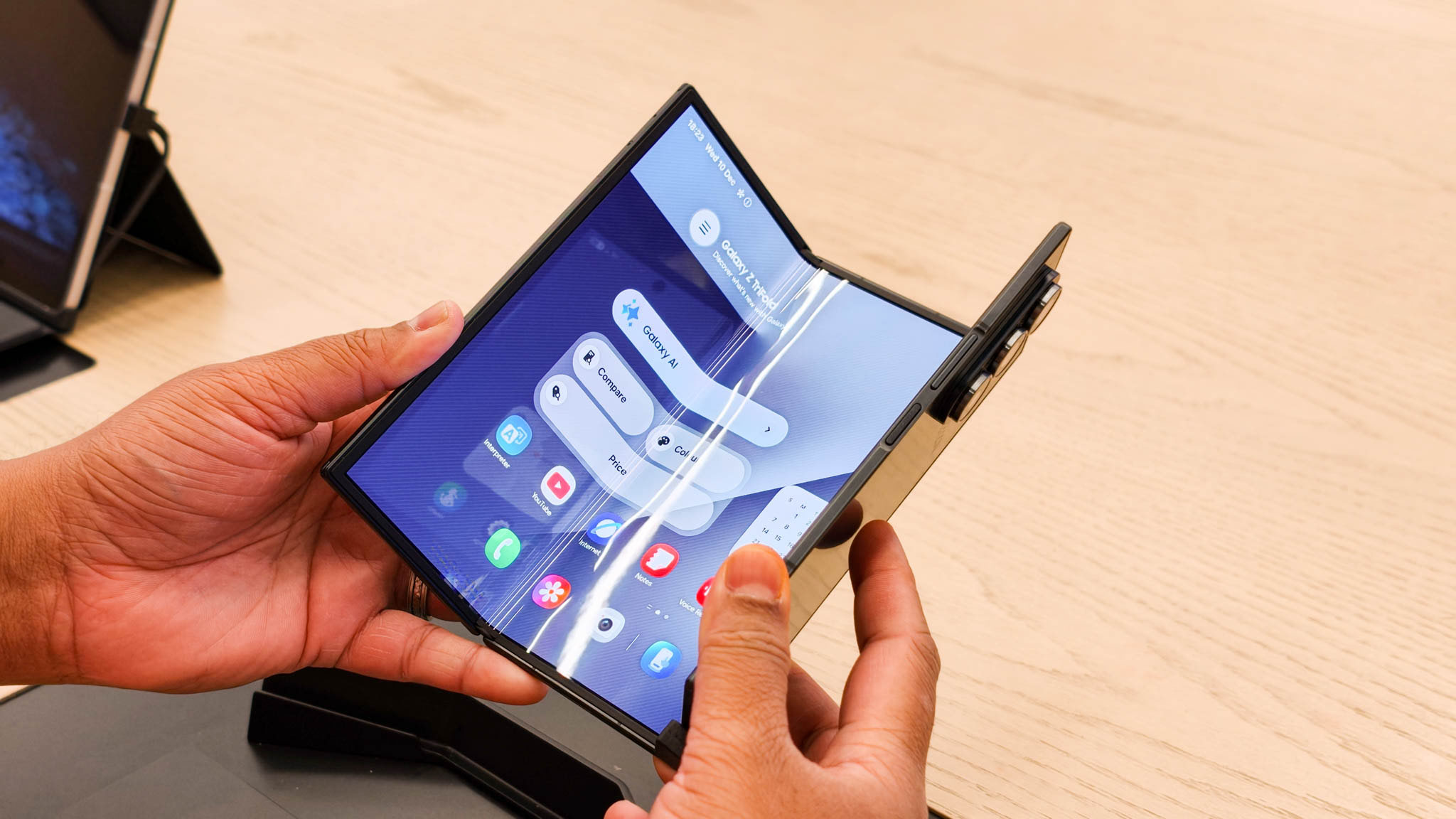Huawei P10 vs. P10 Plus camera comparison: Tiny improvements

In addition to a bigger, higher-res screen and the ability to max out your RAM and storage, the jump from the Huawei P10 to P10 Plus gets you Huawei's most advanced Leica camera to date. The trusty f/2.2 Summarit-branded lens, used in the past a generation of Huawei flagships, makes way for a brighter f/1.8 Summilux aperture.
On paper that should allow for a modest improvement in photo quality across the board. A wider aperture lets you capture more quickly, resulting in less motion blur, or keep the shutter open for longer at lower ISO levels, reducing the appearance of noise.
It's time to put these two directly to the test. Obviously the P10 Plus is the better of the two, on account of its superior optics. But the question is whether it's worth the extra cash to upgrade.
And this comparison should also be interesting to anyone weighing up the P10 Plus against a Mate 9 or Mate 9 Pro, which use a camera system identical to the smaller P10.
Let's get stuck in!
Note: All images in this comparison were shot in full auto mode, at 12 megapixels.
First up, daylight shots. As you might expect given the similar sensor and post-processing, daylight shots from the P10 and P10 Plus are basically identical. The biggest difference you'll notice is the more pronounced bokeh in close-up macro shots. Elsewhere, it's pretty much a wash, as you'll see in our samples:
Get the latest news from Android Central, your trusted companion in the world of Android
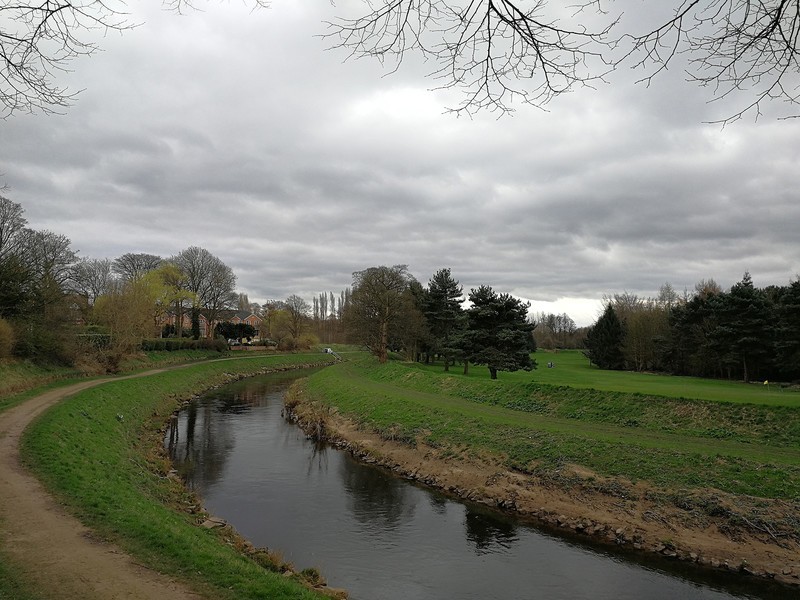
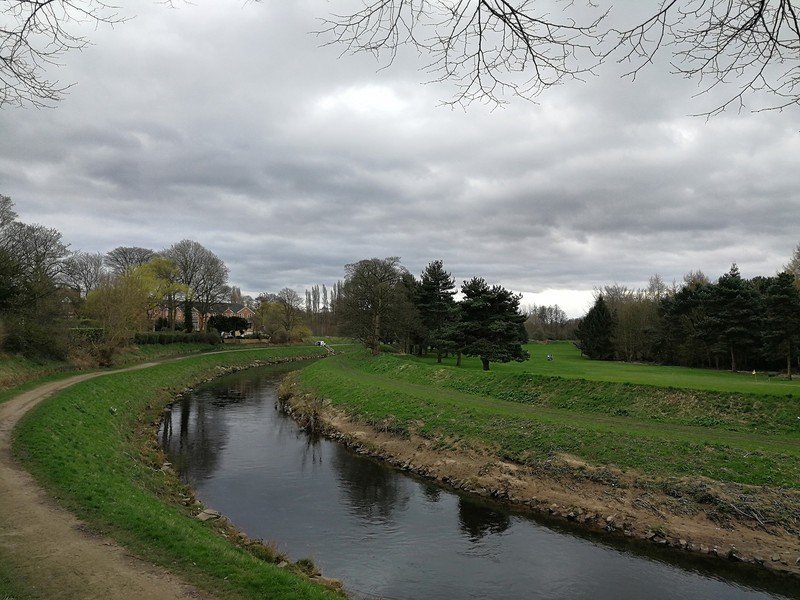

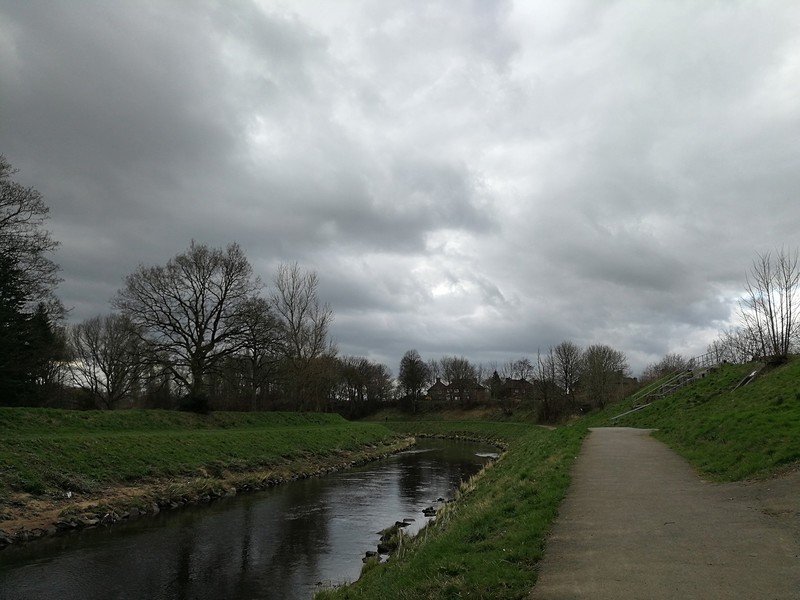
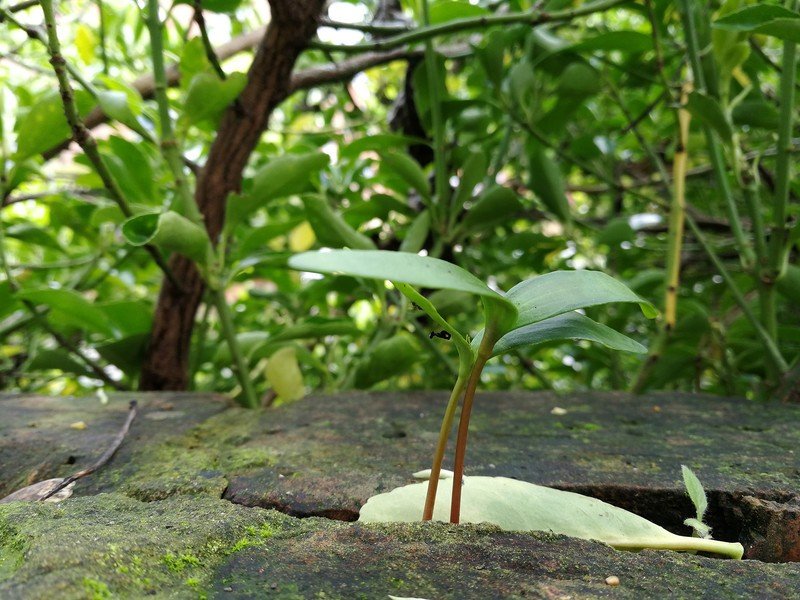
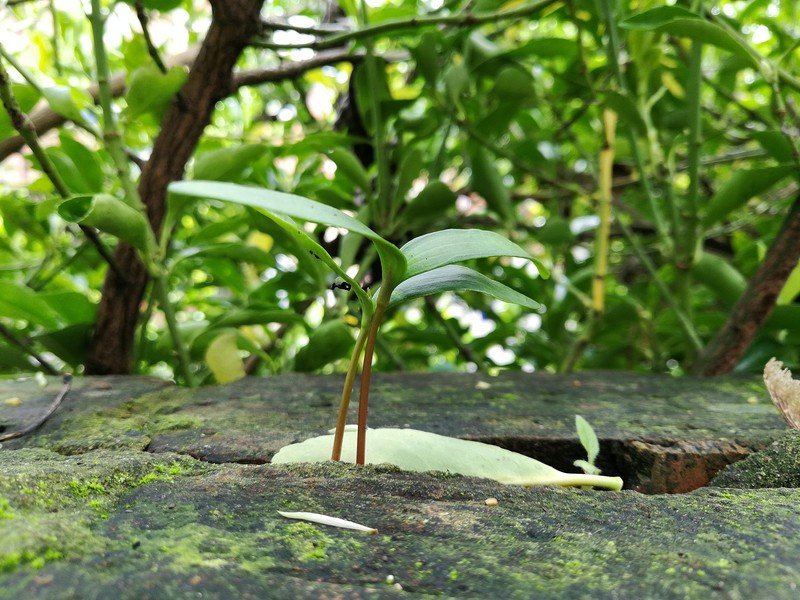
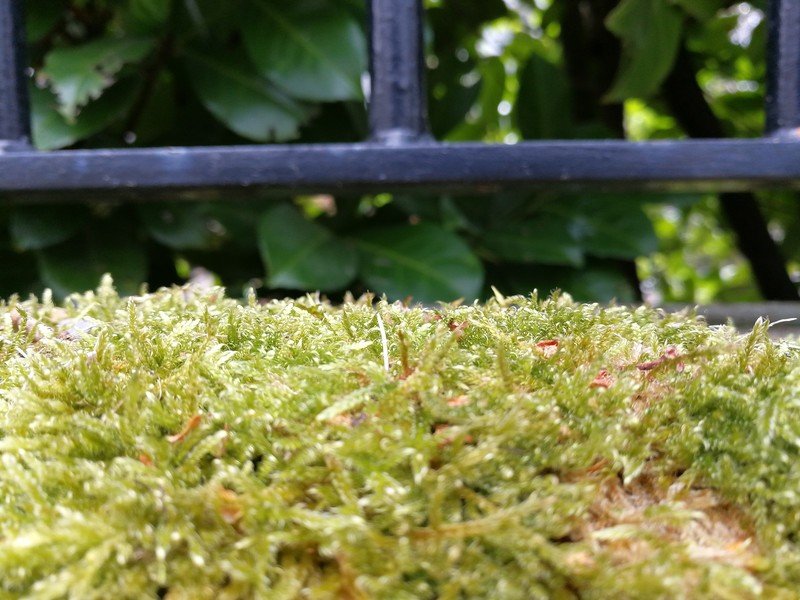
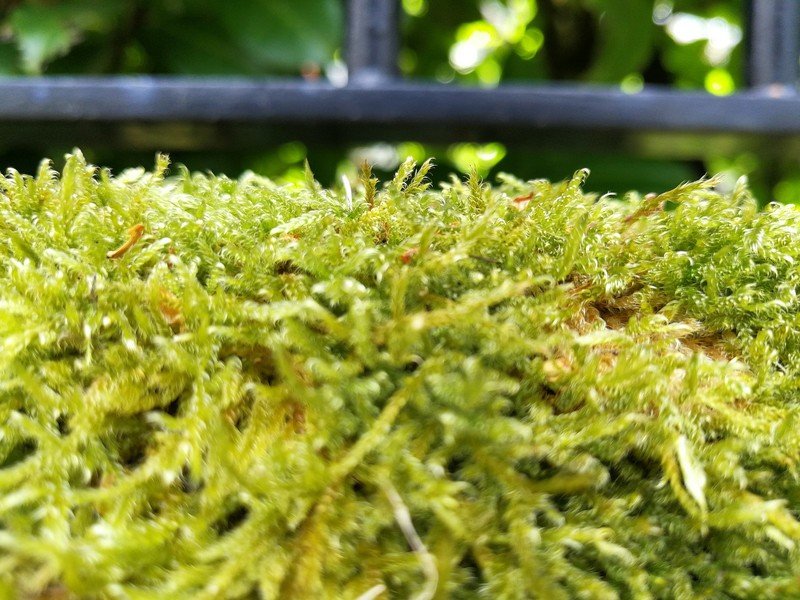
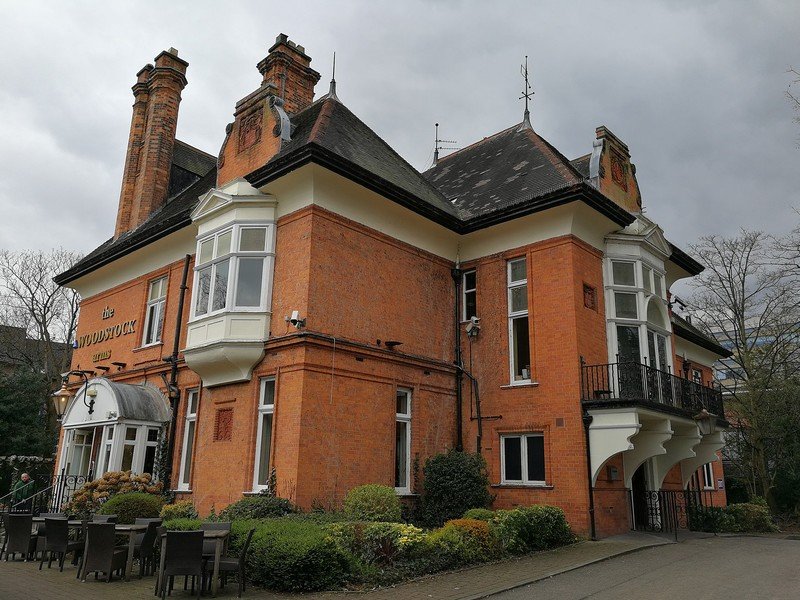
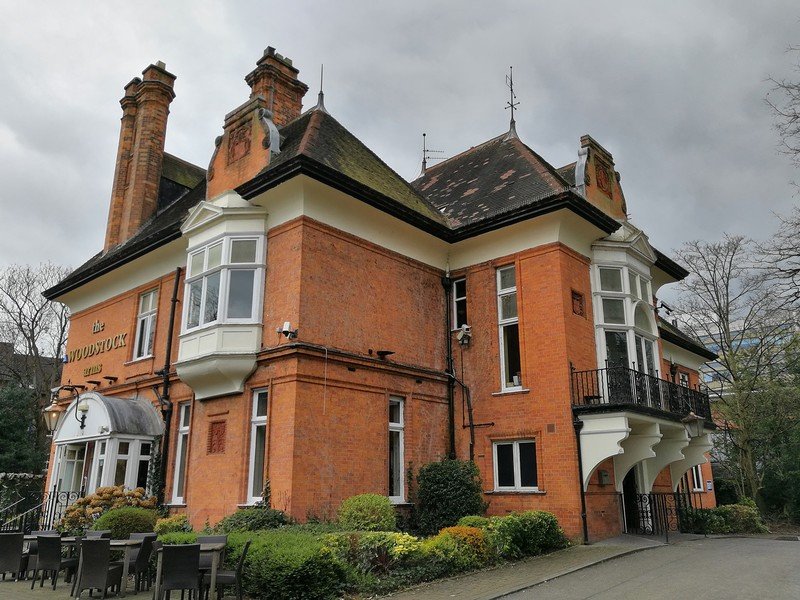
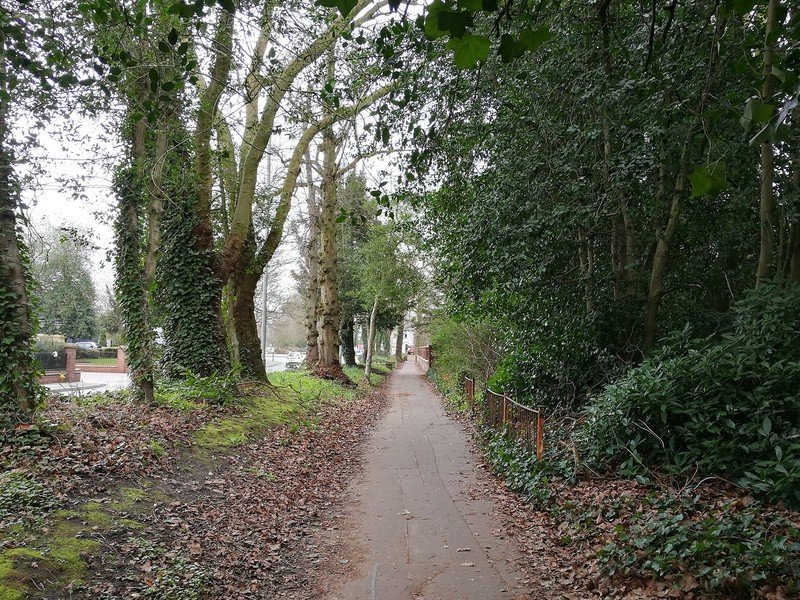
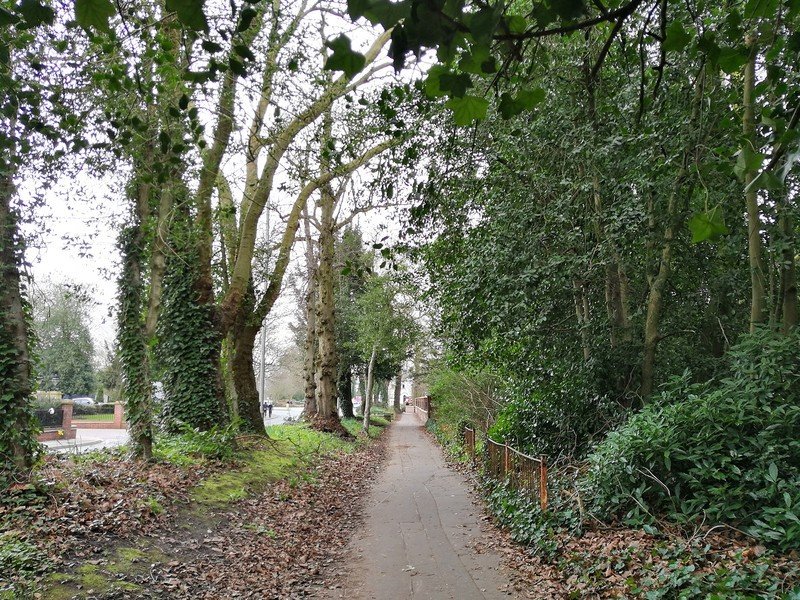


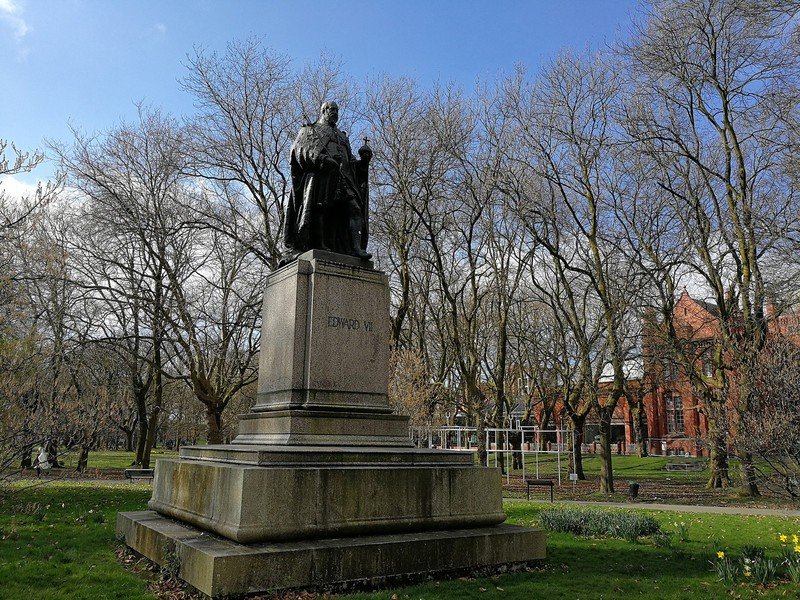

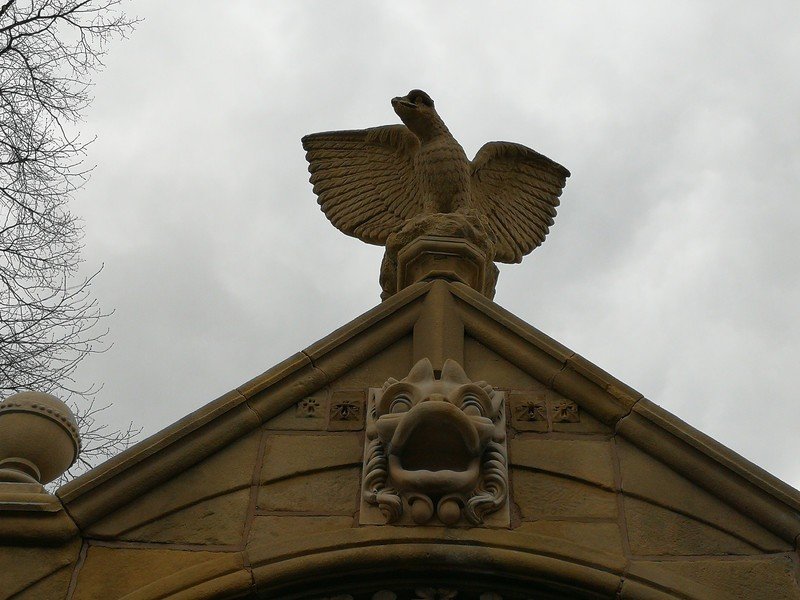

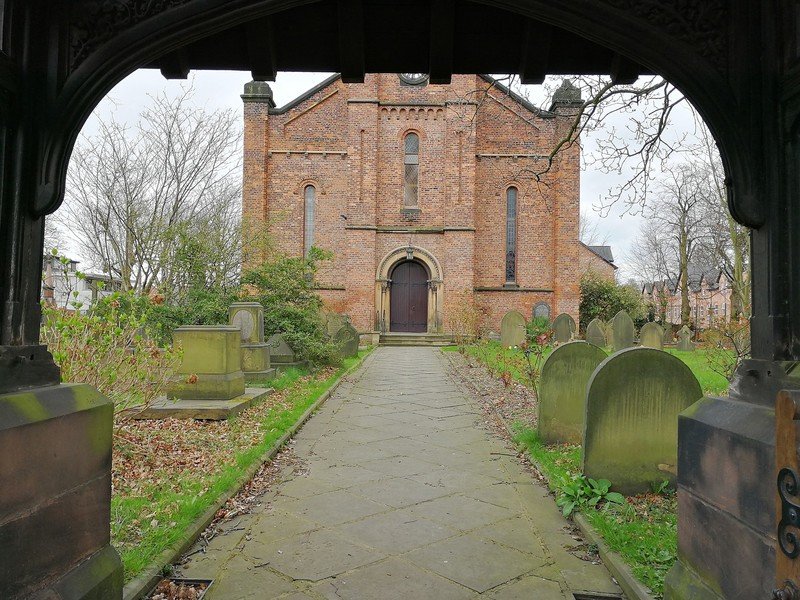

The extremely similar daylight performance is a good thing — it means buyers who prefer a smaller screen aren't missing out.
In low light, the differences start to show, though it's still incredibly subtle.
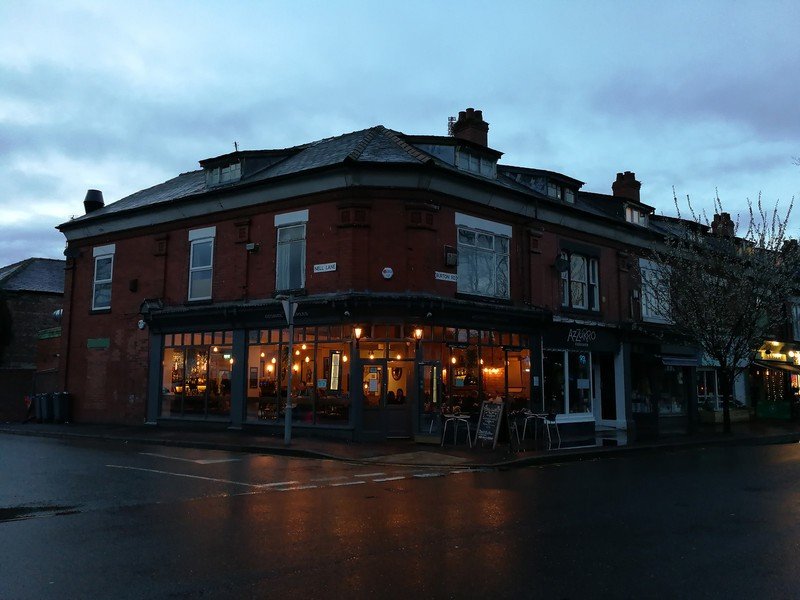
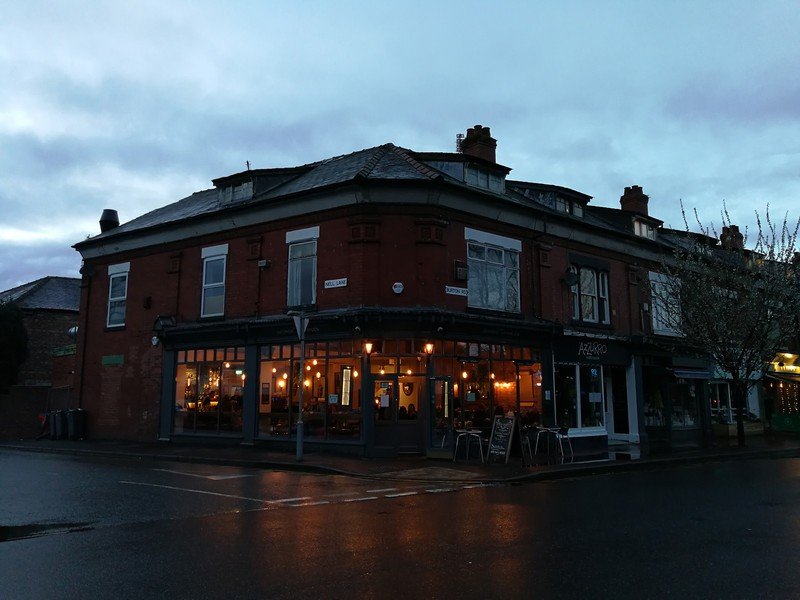
In this image, shot at dusk in fading light, the shot from the P10 is actually slightly sharper. Nevertheless, things are still more or less identical here. Both cameras shot at ISO 160, with the P10 Plus choosing a faster shutter speed (1/50 vs 1/33 sec.)
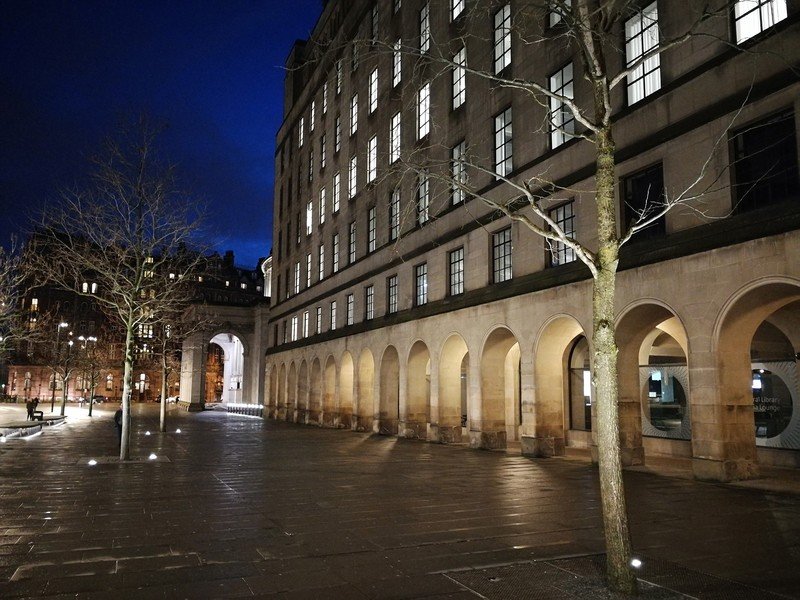
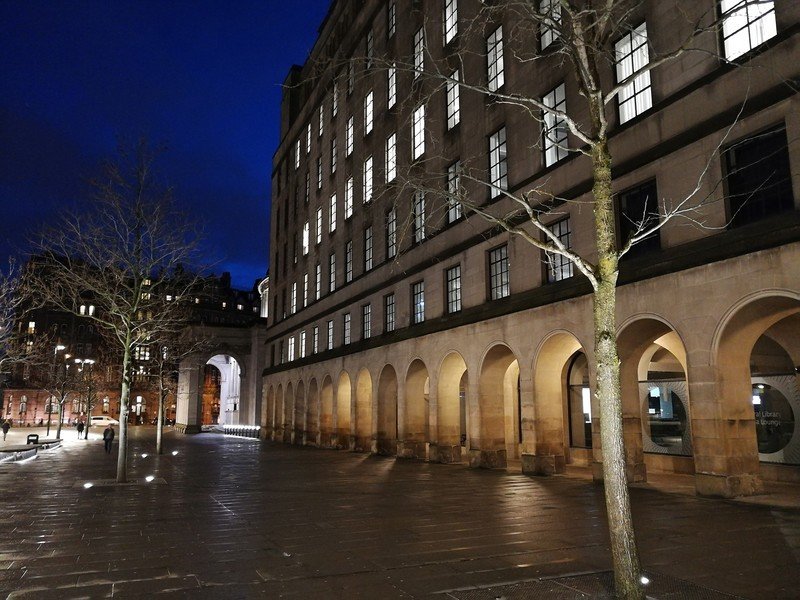
In lower light, it's still tough to separate these two. The P10 Plus has slightly sharper fine details in distance objects, but that's about it. Both cameras shot at ISO 800, the P10 at 1/8 sec., the P10 Plus at 1/17 sec.
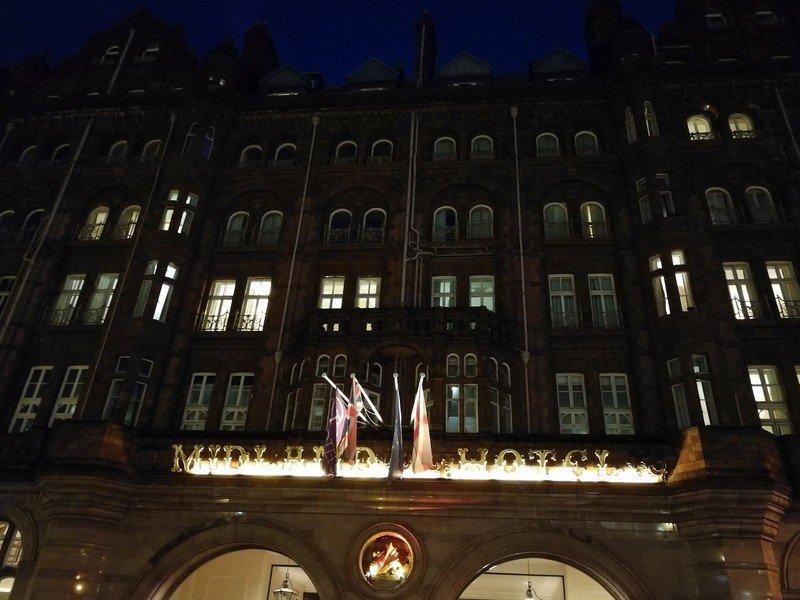
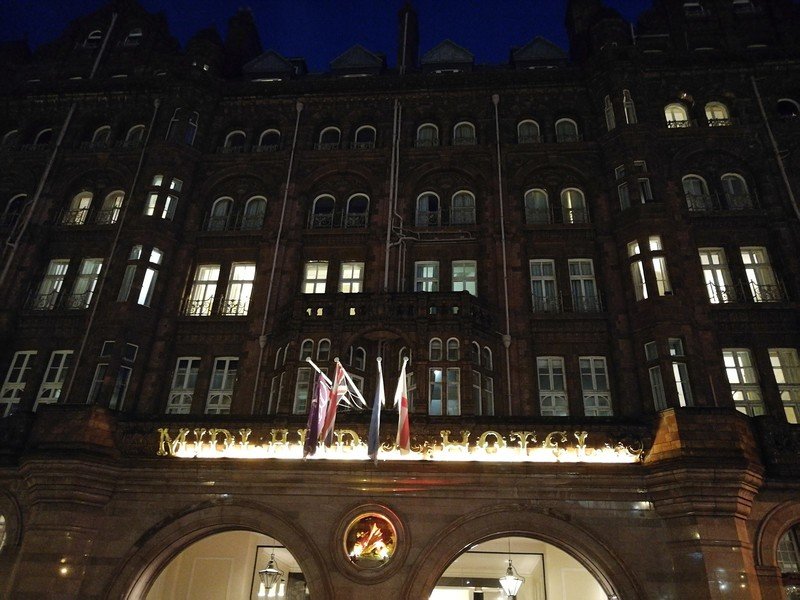
In this challenging shot with both bright and dark areas, neither camera excels, but the P10 Plus captures a comparable shot slightly quicker. (P10: ISO 1250, 1/4 sec., P10 Plus: ISO 800, 1/7 sec.)
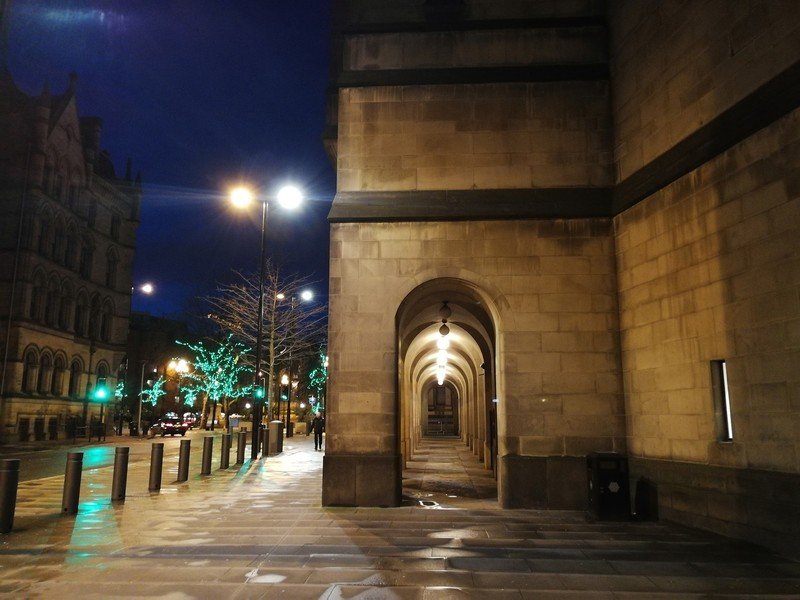
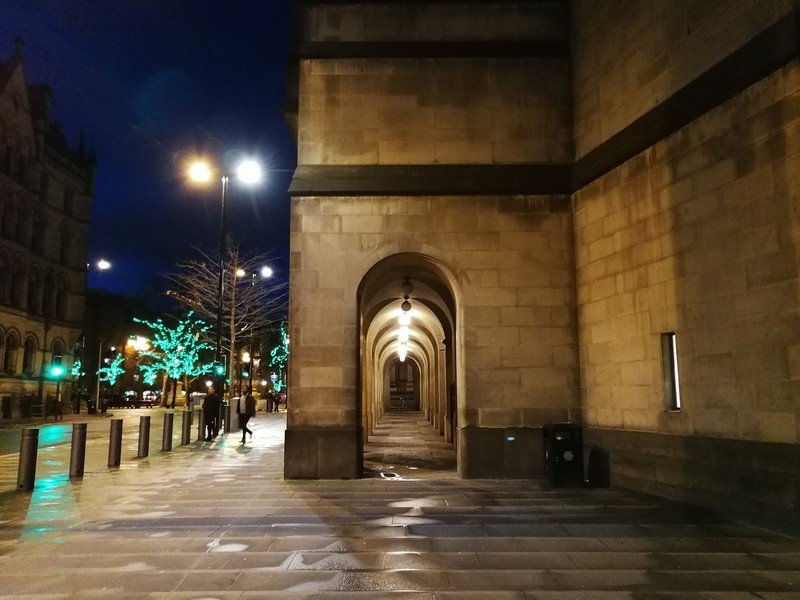
Once again, the difference here isn't so much the quality of the image, but the slight speed advantage that the P10 delivers. (P10: ISO 800, 1/17 sec., P10 Plus: ISO 640, 1/20 sec.)
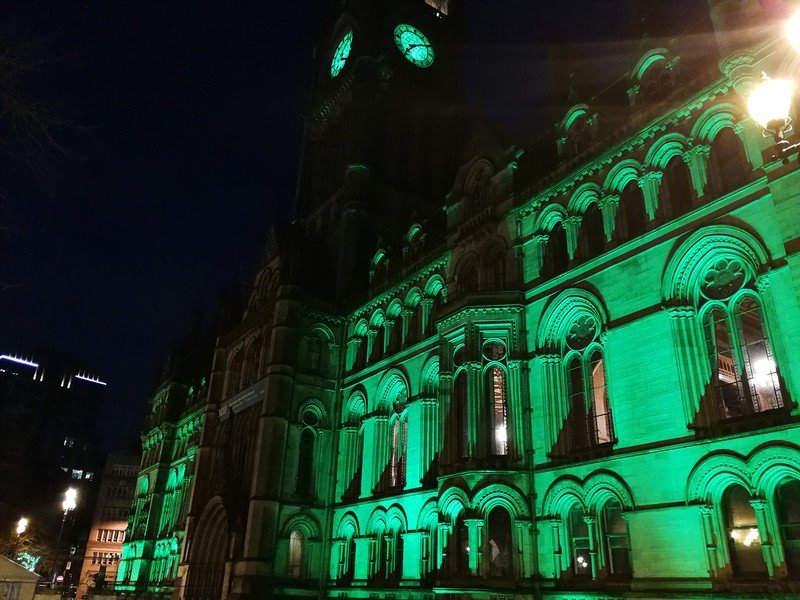
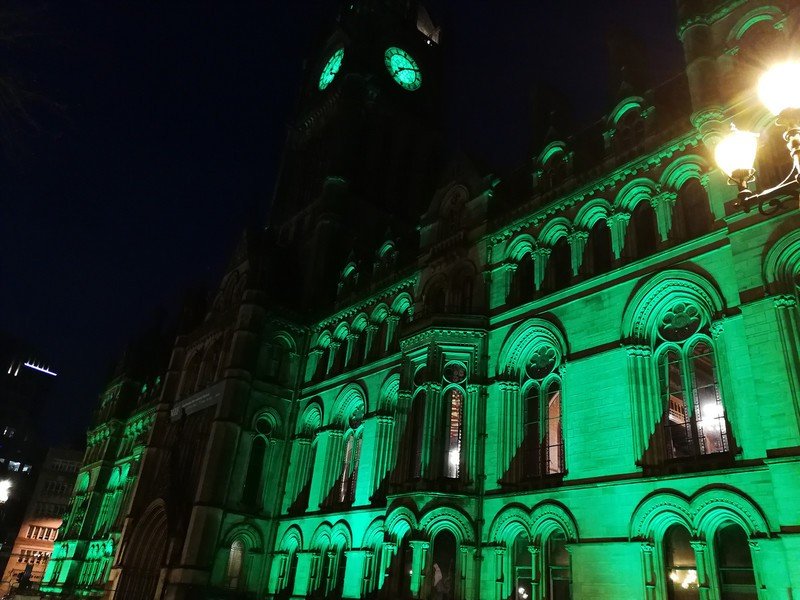
To my eye the smaller P10 actually comes out ahead here — focus is slightly softer on the P10 Plus. Both images remain largely identical overall. (P10: ISO 800, 1/15 sec., P10 Plus: ISO 500, 1/20 sec.)
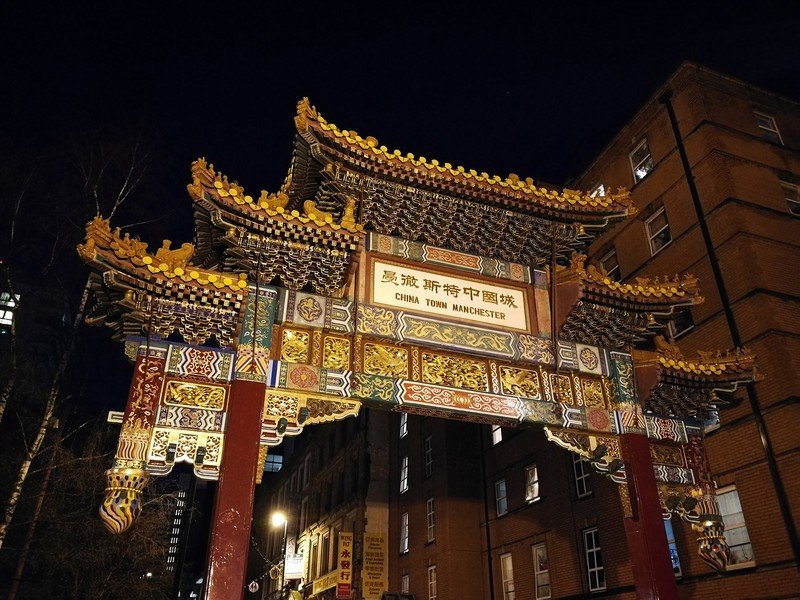
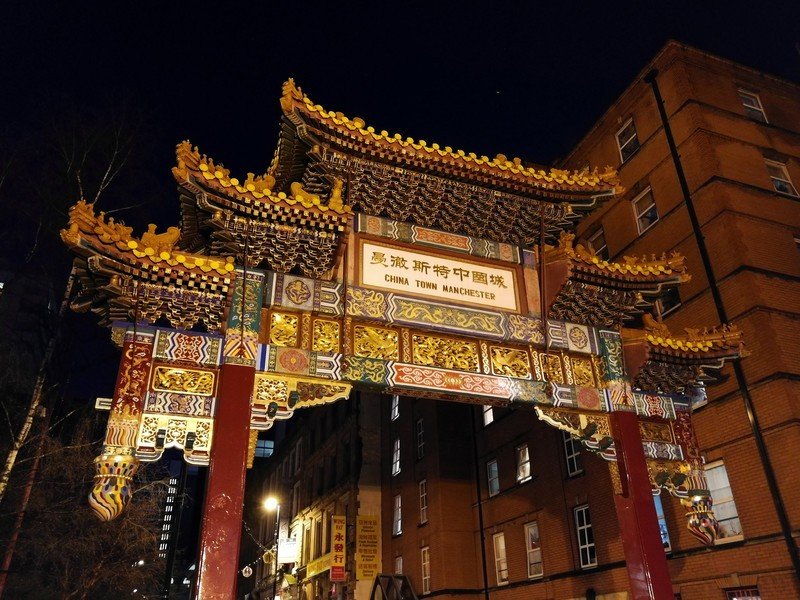
Another very close shot, but the P10 Plus resolves slightly more detail in the brickwork, and in the colors on the archway. (P10: ISO 800, 1/8 sec., P10 Plus: ISO 1000, 1/15 sec.)
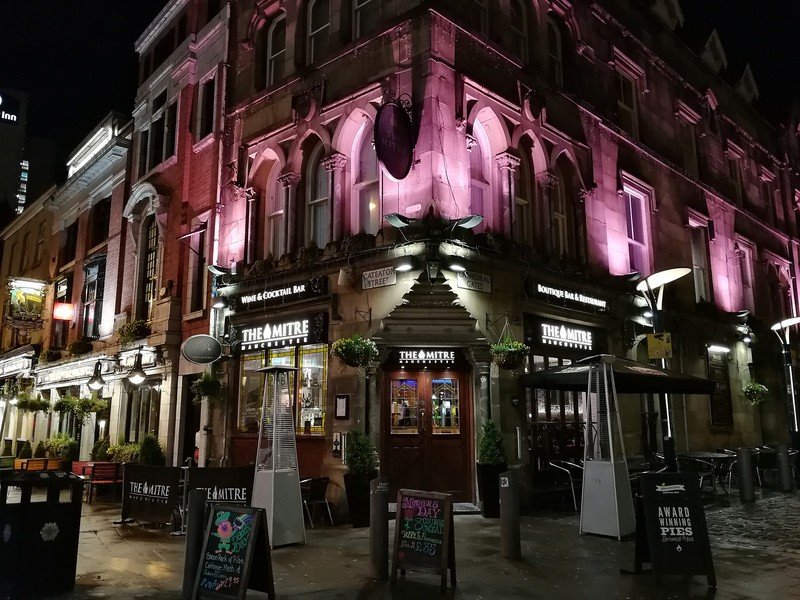
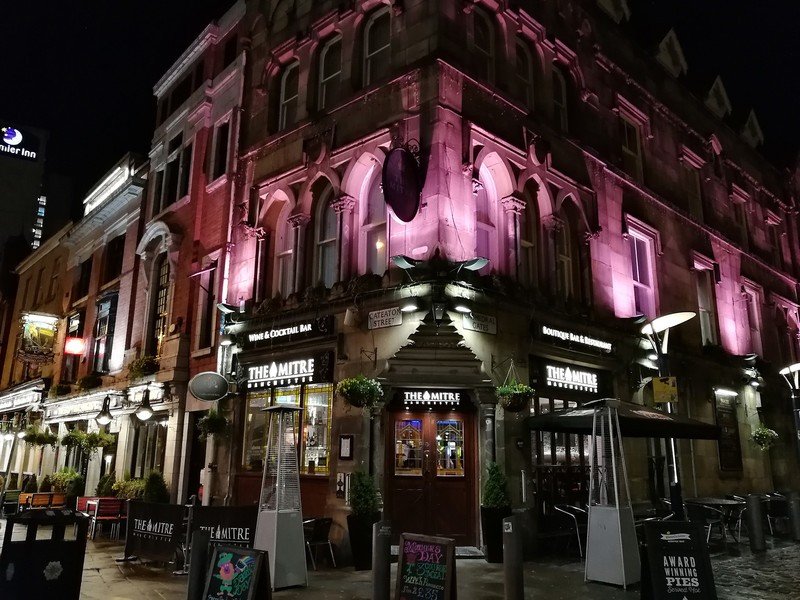
Here, the smaller P10 takes a longer exposure; otherwise image quality is about the same. (P10: ISO 640, 1/20 sec., P10 Plus: ISO 6400, 1/30 sec.)
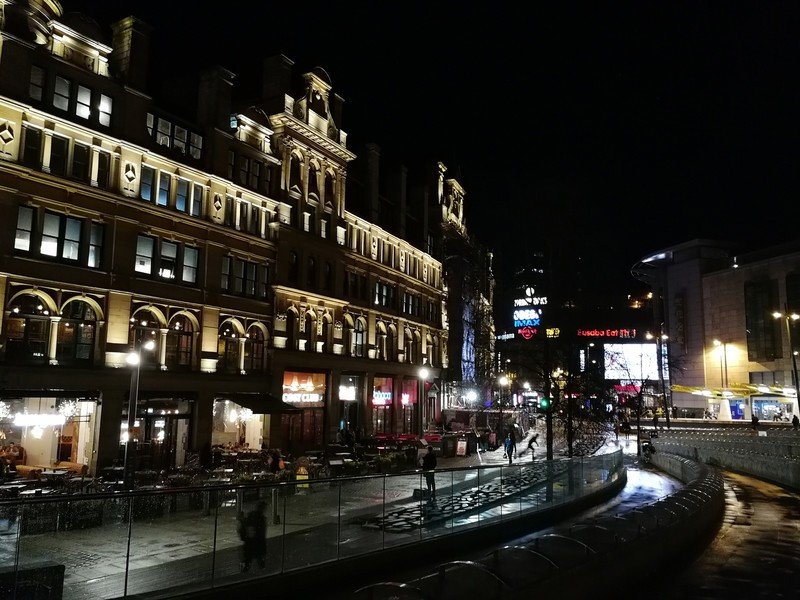
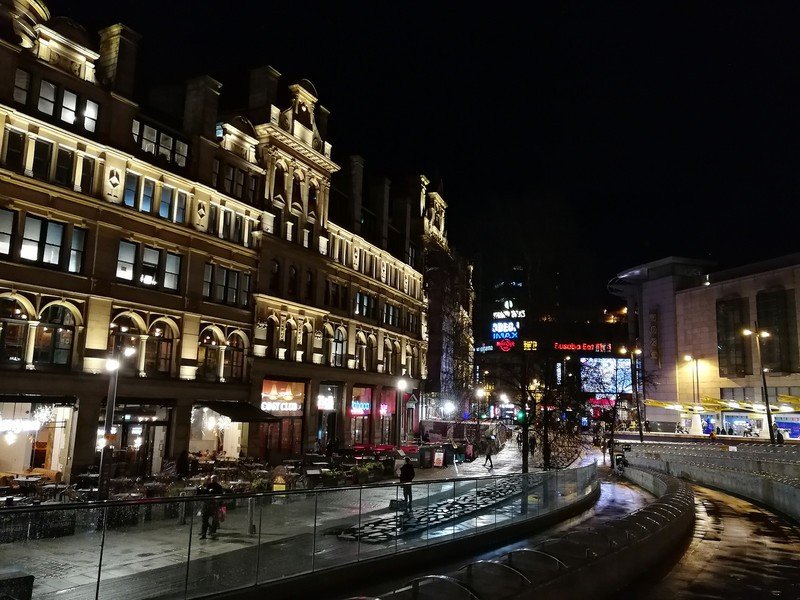
There's a little more noise in the P10 shot here, especially around the tree branches, while the Plus captures a slightly clearer image. (P10: ISO 800, 1/15 sec., P10 Plus: ISO 640, 1/20 sec.)

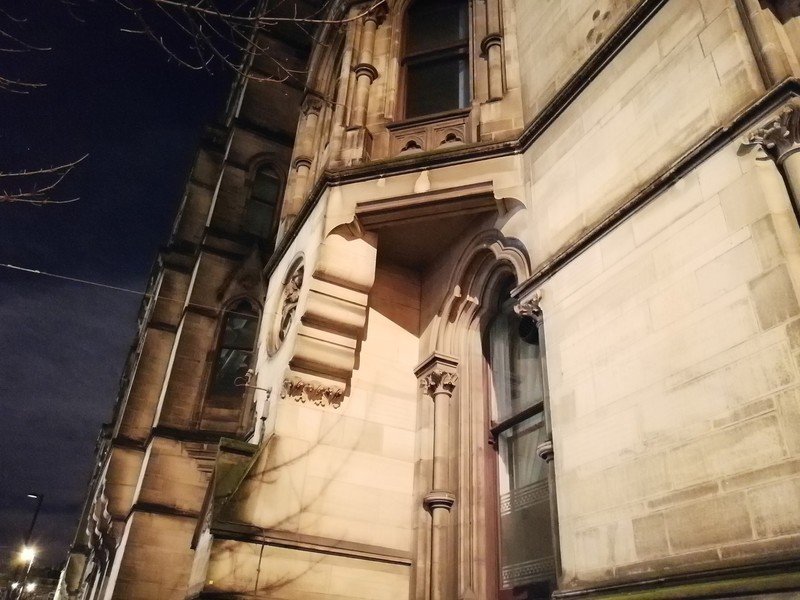
And our final sample follows the same pattern — you'd be hard pushed to separate these two images, even the EXIF data is basically identical. (P10: ISO 1250, 1/4 sec., P10 Plus: ISO 1250, 1/4 sec.)
What does this tell us?
Ultimately, there's really not a huge difference between the capabilities of these two cameras. Even in low light, which you'd expect to favor the P10 Plus, the larger and more expensive phone for the most part produces comparable photos. Instead of pushing for sharper fine detail in low light, or brighter night shots overall, Huawei is using that brighter lens to take photos more quickly, meaning they're going to be less susceptible to blurring due to motion — either from your hand, or in your subject.
So the P10 Plus has the edge, but it's an incredibly narrow lead. And so if you're torn between these two devices, we'd be inclined to put form factor and size ahead of any concerns over camera quality.
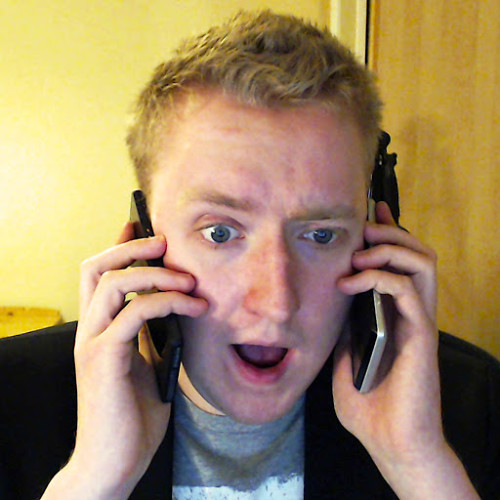
Alex was with Android Central for over a decade, producing written and video content for the site, and served as global Executive Editor from 2016 to 2022.
